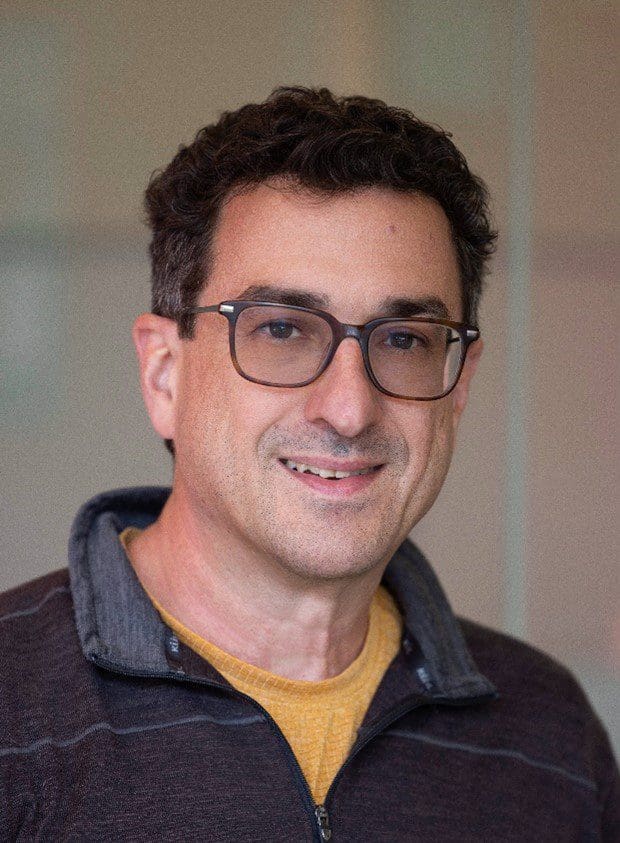- This event has passed.
Bodian Seminar: Greg DeAngelis, Ph.D.
February 10 @ 4:00 pm - 5:00 pm

@
Greg DeAngelis, Ph.D.
Professor of Brain and Cognitive Science, Neuroscience, and Biomedical Engineering
School or Arts and Sciences: Brain and Cognitive Sciences
University of Rochester
How the brain computes object motion and depth during self-motion
Primate visual motion processing has provided a powerful model system for studying the neural basis of perception, decision-making, and action planning. However, visual motion processing during natural behaviors poses much greater computational challenges than most simple laboratory tasks. In general, the brain needs to infer object motion, self-motion, and depth structure from the pattern of image motion on the retina, and erroneous estimation of one of these variables must affect the others. After considering the general problem, I will focus on two experiments that examine how the visual system computes object motion (in the world) and depth during self-motion. In the first study (Peltier et al., 2024, Current Biology), I will explore neural mechanisms of optic flow parsing, a computation through which the visual system computes scene-relative object motion by discounting (i.e., subtracting off) motion vectors associated with self-motion. Our findings demonstrate the first neural correlates of flow parsing in macaque area MT. In the second study (ongoing work), I will explore the general problem of how the visual system infers viewing geometry from patterns of optic flow, and how perception of object motion and depth is strongly influenced by the inferred viewing geometry. These findings demonstrate that the conventional model for how the brain compensates for visual consequences of smooth eye movements fails to generalize to even simple combinations of eye translation and rotation that are common in natural vision.
Faculty Host: Dr. Kristina Nielsen

